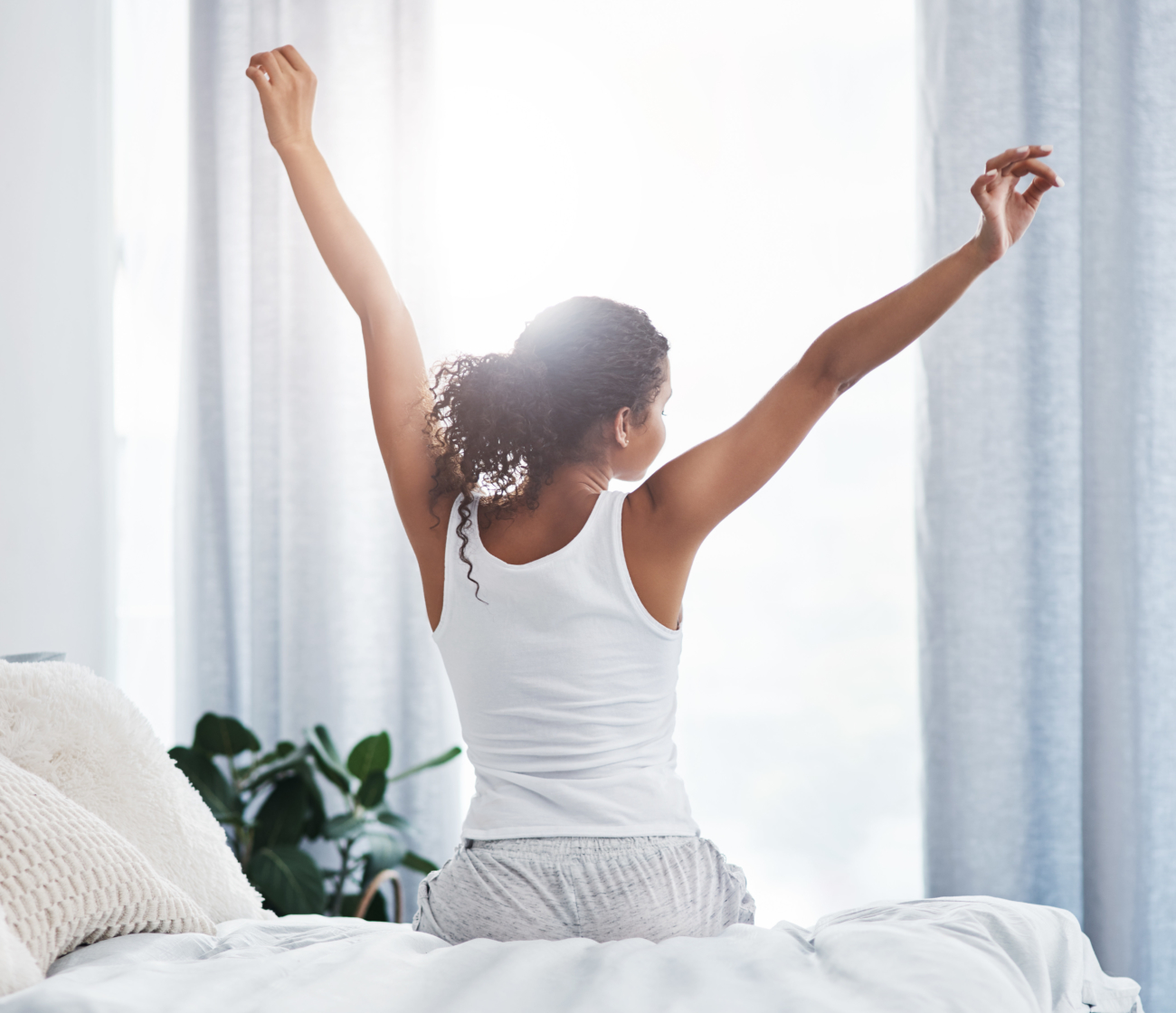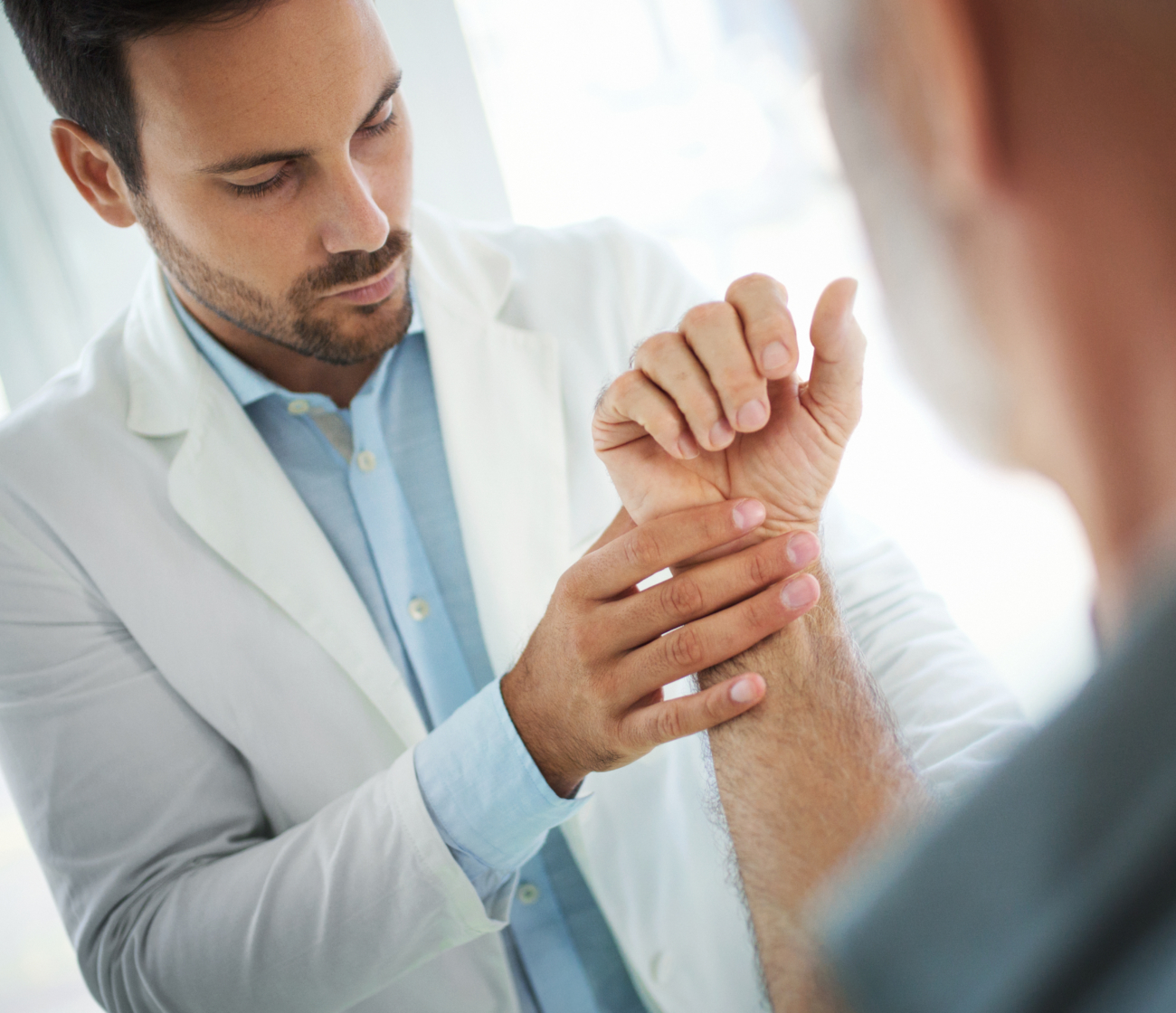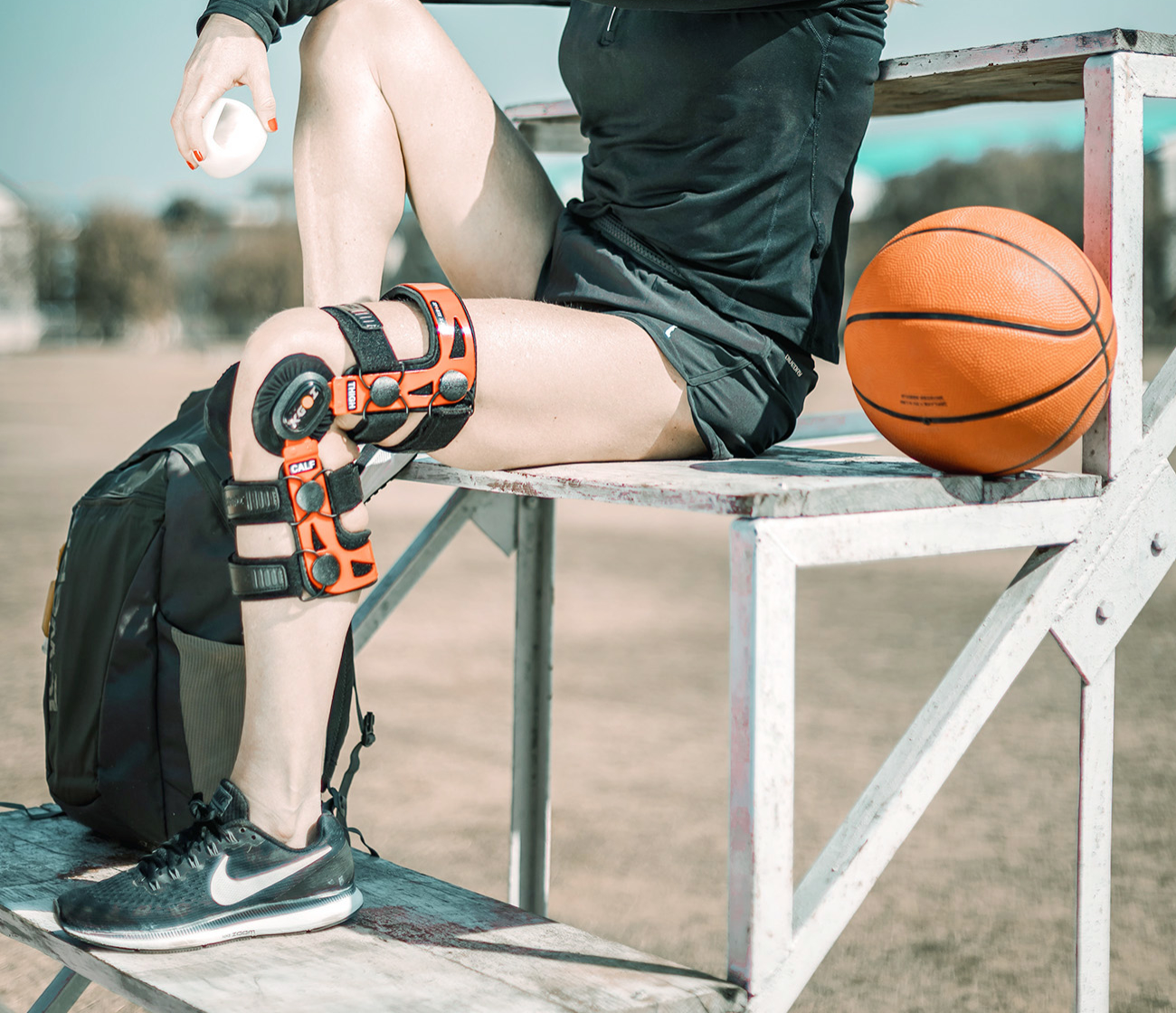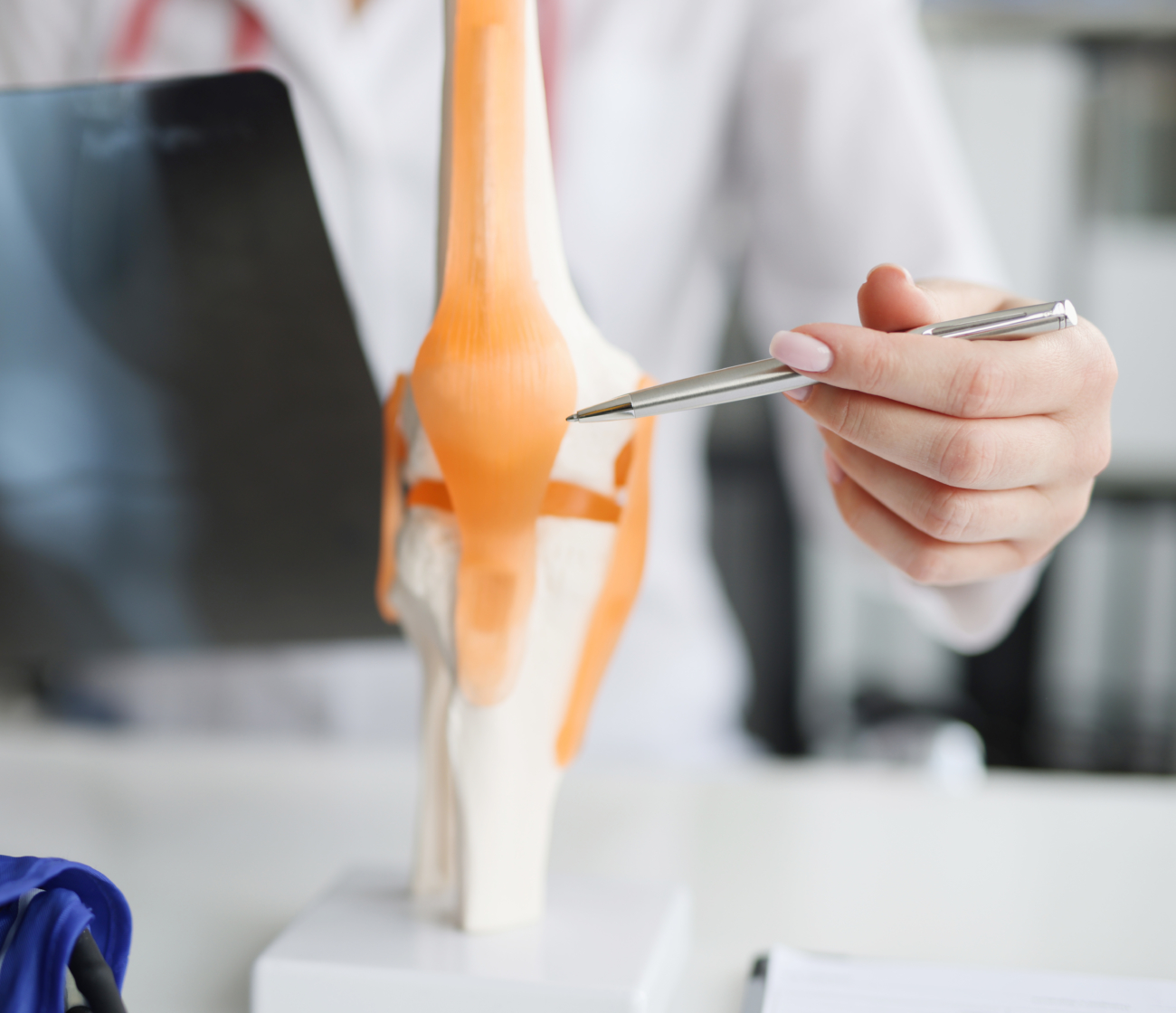Osteoarthritis usually develops slowly and worsens over time, leading to symptoms such as:

Stiffness is commonly experienced first thing in the morning or after a long period of inactivity such as a car ride.

Joints may feel like they are grating or creaking as the bones rub against each other.
The exact cause is not known, but several things are thought to increase the risk factors:

Repetitive stress on a joint or an injury can damage a joint and increases the risk of OA in that joint.

Some people are born with abnormalities and develop malformed joints or defective cartilage.

Sometimes OA is a result of damage from a different kind of disease. Other factors such as the weather and diet may affect the symptoms of OA but aren’t a direct cause of it.
